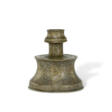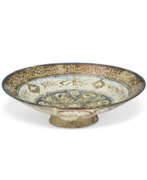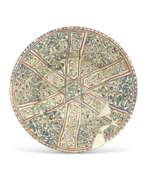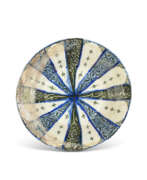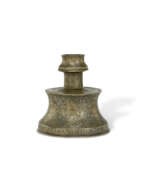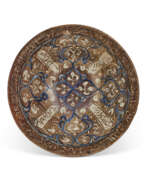Seljuk dynasty

Seljuk dynasty
The Seljuk Dynasty was a prominent ruling family of the Oğuz Turkic tribes, originating from Central Asia. They invaded southwestern Asia in the 11th century, establishing an empire that included vast territories like Mesopotamia, Syria, Palestine, and most of Iran. This marked the beginning of Turkic power in the Middle East, setting the stage for a remarkable historical era.
At its zenith under rulers like Tughril, Alp Arslan, and Malik Shah I, the Seljuks exemplified military prowess and cultural patronage. The victory of Alp Arslan at the Battle of Manzikert in 1071 against the Byzantine Empire was a significant event, shaping the course of regional politics. This battle marked a pivotal moment in the Seljuk-Byzantine rivalry and catalyzed the empire's territorial expansion.
Culturally, the Seljuks were patrons of Persian art, literature, and architecture, fostering what is known as the “Malikian Renaissance.” They championed the construction of numerous madrasas, notably the Madrasa Nizamiya in Baghdad, which became a center for Sunni education. Their architectural legacy is profound, with the introduction of the four-iwan layout in mosque architecture and extensive use of brick, tile, and carved stucco for decoration. The Mausoleum of Sultan Sanjar in Merv and the transformed congregational mosque in Isfahan are prime examples of their architectural brilliance.
However, the Seljuk Empire eventually faced internal strife and external threats, leading to its fragmentation into smaller sultanates and its eventual downfall due to the Mongol invasions in the 13th century. Despite their decline, the Seljuks left an indelible mark on the Islamic world, significantly influencing the development of art, architecture, and culture.
For collectors and experts in art and antiques, the Seljuk Dynasty offers a fascinating study of cultural synthesis and architectural innovation. To stay informed about new product sales and auction events related to the Seljuk Dynasty, sign up for updates.
| Country: | Armenia, Asia, Azerbaijan, Iran, Iraq, Palestine, Syria, Turkey |
|---|---|
| Start of the period: | 1038 |
| End of the period: | 1157 |
